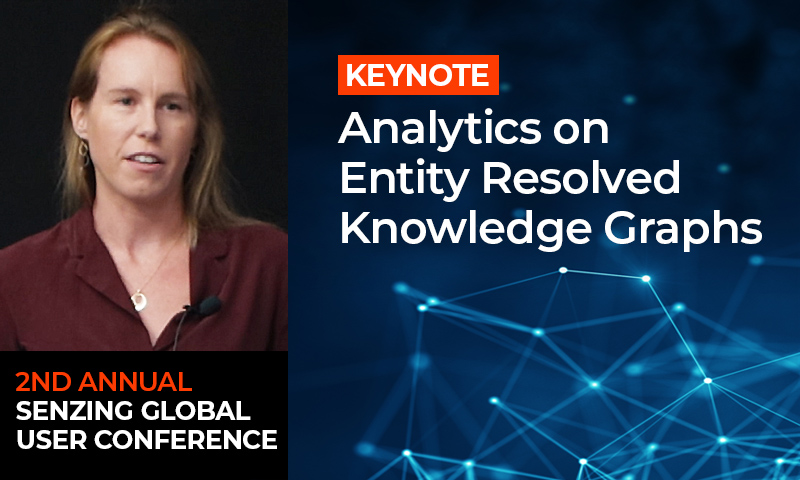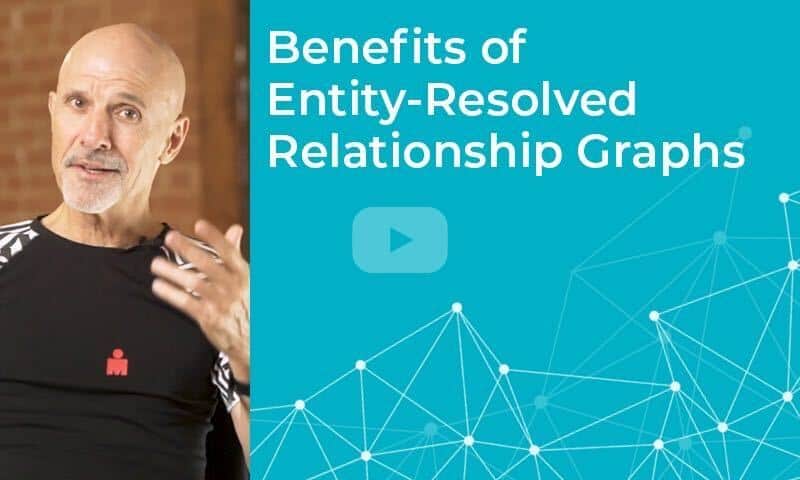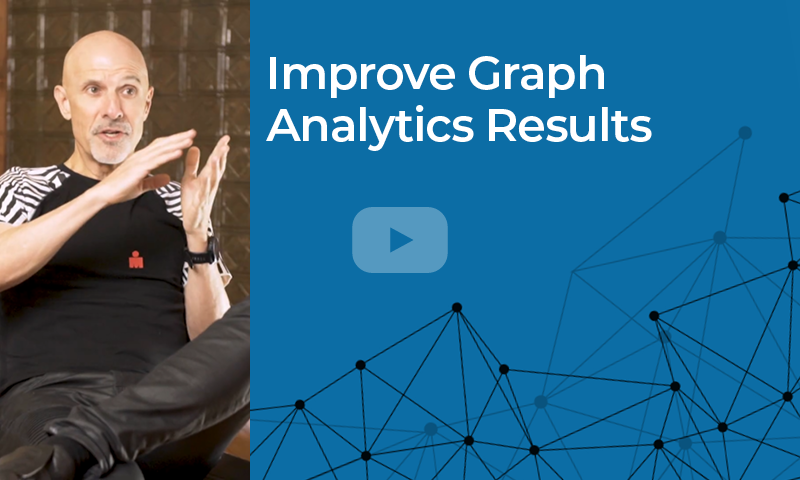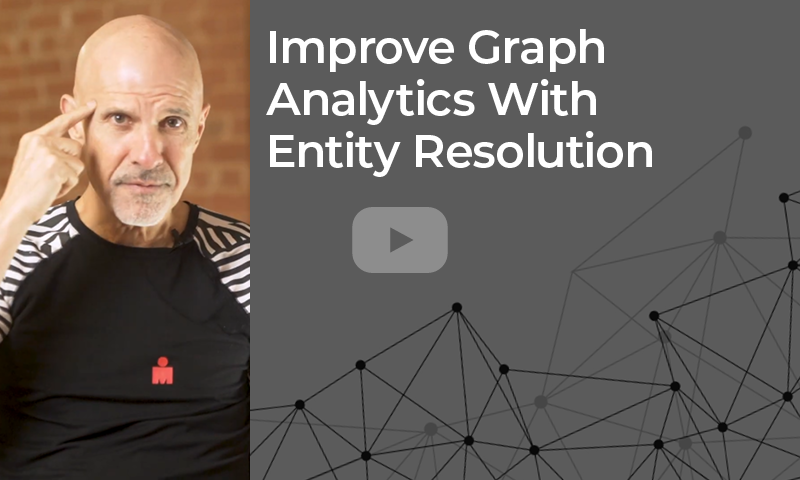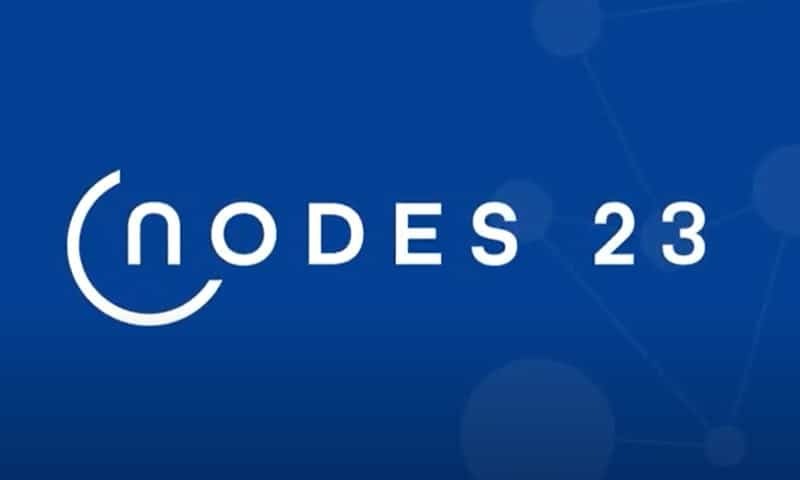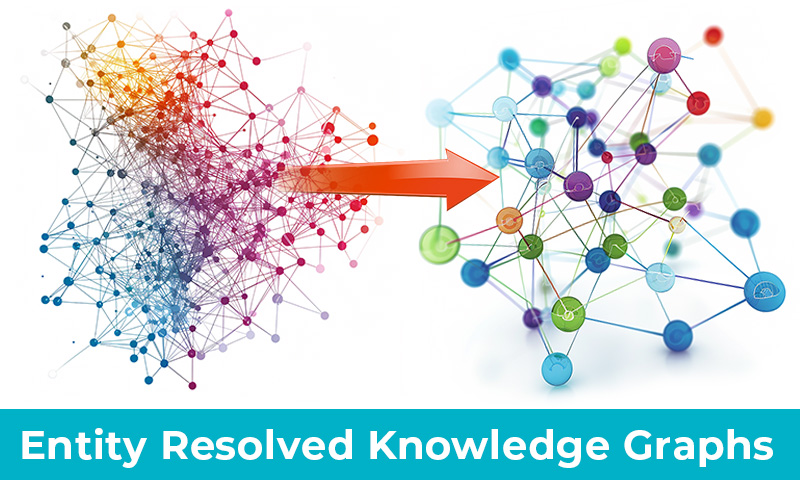Knowledge Graphs are growing in popularity due to their ability to show rich relationships and interactions between entities. They provide a powerful foundation for analyzing and exploring interconnected data using graph queries and visualizations. According to Gartner®, graph technologies will be used in 80% of data and analytics innovations by 2025, up from 10% in 2021, a trend driven by the need for faster decision-making across an organization.
Yet unresolved entity data burdens knowledge graphs with complexity, obscures true relationships and reduces the accuracy of analytics and insights. When different nodes in a knowledge graph represent the same entity or miss links (shared edges), it’s not knowledge, it’s just disconnected data. This leads to incomplete entity views, undiscovered fraud, missed business opportunities and more cumbersome compliance.














